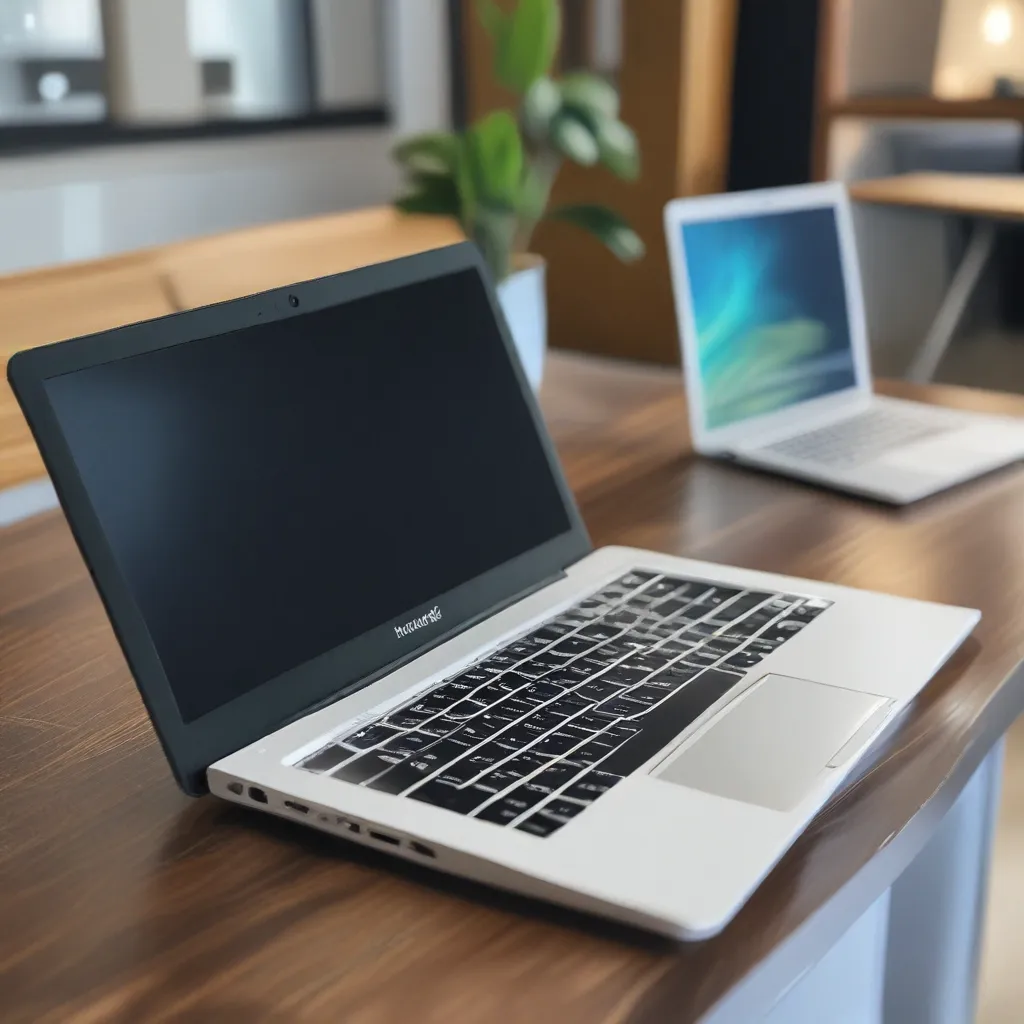
In this day and age, when laptops have become an essential tool for work, school, and entertainment, the prospect of finding a good deal on a used or refurbished model can seem quite tempting. After all, who doesn’t love saving a few quid, especially when the alternative is shelling out hundreds or even thousands for a brand-new device?
The Allure of Refurbished Laptops
I’ll admit, the first time I considered buying a refurbished laptop, I was a bit skeptical. Would it be like buying a used car – you know, that sinking feeling that you might be getting something that’s been abused and is just waiting to break down on you? But then I did some research and realized that refurbished laptops can actually be a fantastic option, especially for those of us on a tighter budget.
The way I see it, a refurbished laptop is kind of like a phoenix rising from the ashes. It’s been through the wringer, but someone has taken the time to breathe new life into it, cleaning it up, repairing any issues, and making sure it’s in tip-top shape before putting it back on the market. And the best part? You can often score a perfectly good laptop for a fraction of the cost of a brand-new one.
Navigating the Refurbished Laptop Landscape
Of course, as with anything, there are a few things you’ll want to keep in mind when shopping for a refurbished laptop. After all, not all refurbished laptops are created equal, and you’ll want to make sure you’re getting a good deal on a device that’s going to last.
1. Consider the Source
The first and perhaps most important thing to look at is the source of the refurbished laptop. Are you buying directly from the manufacturer, or is it a third-party seller? Manufacturers like Apple and Dell often have robust refurbishing programs, where they carefully inspect, repair, and test each device before reselling it. These factory-refurbished laptops usually come with a warranty and are a safe bet.
On the other hand, third-party sellers can be a bit of a mixed bag. Some may do a great job, but others may not be as thorough in their refurbishing process. That’s why it’s important to do your research and read reviews before making a purchase.
2. Inspect the Physical Condition
Once you’ve identified a reputable seller, it’s time to take a close look at the physical condition of the laptop. Check for any signs of damage, such as scratches, dents, or loose hinges. Make sure the keyboard and trackpad are in good working order, and that all the ports are functioning properly.
Remember, even though the laptop has been refurbished, it’s not going to be brand-new. But it should be in excellent condition, with no major cosmetic flaws or issues that could affect its performance or lifespan.
3. Understand the Warranty
Speaking of lifespan, one of the most important things to consider when buying a refurbished laptop is the warranty. Reputable sellers will typically offer a warranty of at least 3-6 months, and sometimes even longer. This gives you a bit of peace of mind, knowing that if something goes wrong, you’re covered.
Be sure to read the fine print and understand exactly what the warranty covers. Some may only cover certain components, while others may offer a more comprehensive protection plan.
4. Check the Specs
Just like with a brand-new laptop, you’ll want to make sure the refurbished model you’re considering has the specs you need. Look at the processor, RAM, storage, and other key components to ensure they’ll be able to handle your day-to-day tasks.
Remember, even though you’re saving money, you don’t want to end up with a device that’s so outdated that it struggles to keep up. Aim for a refurbished laptop that’s no more than 5 years old, as that will give you the best balance of performance and value.
5. Test it Out
If possible, try to get your hands on the refurbished laptop before making a purchase. This will allow you to put it through its paces and make sure everything is working as it should.
Start by booting it up and checking the performance. Run a few programs, browse the web, and see how responsive the system is. Then, test out the various ports, the webcam, the microphone, and any other features you plan to use.
6. Ask Questions
Finally, don’t be afraid to ask the seller plenty of questions. Find out exactly what they did during the refurbishing process, what kind of warranty they offer, and whether they have any other information that could help you make an informed decision.
The more you know about the history and condition of the laptop, the better equipped you’ll be to determine whether it’s a good fit for your needs and budget.
Embracing the Refurbished Laptop Opportunity
At the end of the day, buying a refurbished laptop can be a fantastic way to save money without sacrificing quality. Just be sure to do your due diligence, inspect the device thoroughly, and work with a reputable seller. With a little bit of research and a keen eye, you can find a pre-loved laptop that will serve you well for years to come.
So why not give it a shot? You might just be surprised by the hidden gems you can uncover in the world of refurbished laptops.












